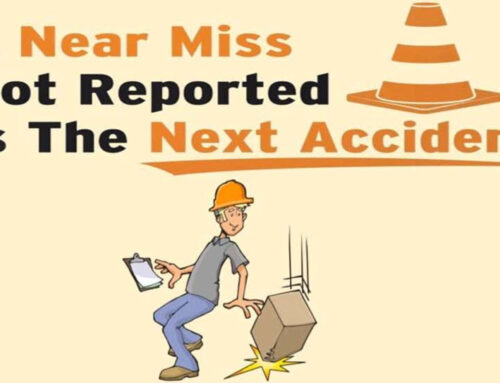Significance Manual Lifting Toolbox Talk
When it comes to manual lifting incidents, then it must be kept in mind that they are one of the most common types of accidents. There’s no doubt that they can pose severe consequences for the company, as well as the person who has been injured. Reducing these types of incidents, is the rationale behind writing a manual lifting toolbox talk. This particular toolbox talk, can be useful in practically any job site from construction sites to offices. Basically, manual lifting, also referred to as manual handling, covers activities such as pushing, carrying, or pulling objects by manual force.
One cannot deny the fact that manual lifting accidents can take place anywhere within the workplace, since heavy difficult postures, manual labour, repetitive movements of back, arms, and legs can upturn the risk factors for injuries. Injuries such as a back injury, can be experienced by employees when manual lifting is not carried out in a proper way. In light of that, we can understand the significance of writing a manual lifting toolbox talk to prevent these types of issues.
Rationale behind Conducting Manual Lifting Toolbox Talk
When writing a manual lifting toolbox talk, we need to convey the rationale behind conducting it to the workers involved in a clear way. To begin with, they must know that it’s being organised to increase their awareness about the related risks in the workplace and how to avoid preventable injuries. Furthermore, to ensure employees awareness level in regards to how heavy objects should be handled within the workplace. As a result, this will contribute to a safe workplace, as well as improve overall productivity.
Types of Manual Lifting Hazards
We need to cover the most common forms of manual lifting hazards. In this context, loads are the leading cause of injuries occurring while carrying unstable, heavy, sharp, bulky or hard to hold loads. Secondly, another type is inadequate number of staff. From time to time, a task is performed without the adequate number of people to lift an object in a safe way. A third type of these hazards, is performing repetitive tasks. Our muscle can be tired and soft tissues can get hurt when we perform repetitive actions, which can lead to injury. One common form of manual lifting hazards is having a bad posture when it comes to lifting techniques. Last but not least, another type of these hazards is floor hazard while lifting objects, which can result in trip over and cause a harmful injury.
Proper Lifting Techniques to Prevent Hazards
Once we have established the key risk factors, we need to increase understanding of employees about proper lifting techniques that should be adopted for preventing injuries. To start with, workers should remember to always plan their lift. In this context, a proactive approach is needed which implies to assess the lift in advance of the actual lift. They need to consider what lifting aids can act handy while carrying the objects. Likewise, they should consider some key factors like loading place, required help, and obstructions while performing their task. After that, all team members should closely observe the practice of starting with a proper posture. Similarly, worker should have awareness about adopting a good as well as stable position. They must be able to move their feet while lifting, to maintain their stability. An individual’s outfit and footwear should be considered, as it could make the given task more challenging.
In addition to that, one preventive measure is to obtain a proper hold of the load. In this regard, the load should be grabbed as close as possible to our body. Furthermore, another safety measure is that the load should be kept close to the waist. Before attempting to lift make an effort to slide the load towards the body in case close approach is not possible to the load.
To sum up, workers should avoid leaning sideways or twisting the back while the back is bent in particular. In order to keep themselves safe from any sort of injury, their shoulders should be kept level and face in the similar way as the hips. Another important consideration is that turning by moving our feet is more suitable as compared to lifting and twisting simultaneously.
If you are looking for a range of ready to deliver toolbox talks, then you might be interested in our toolbox talk packages which include range of toolbox talks at a cost-effective price.






